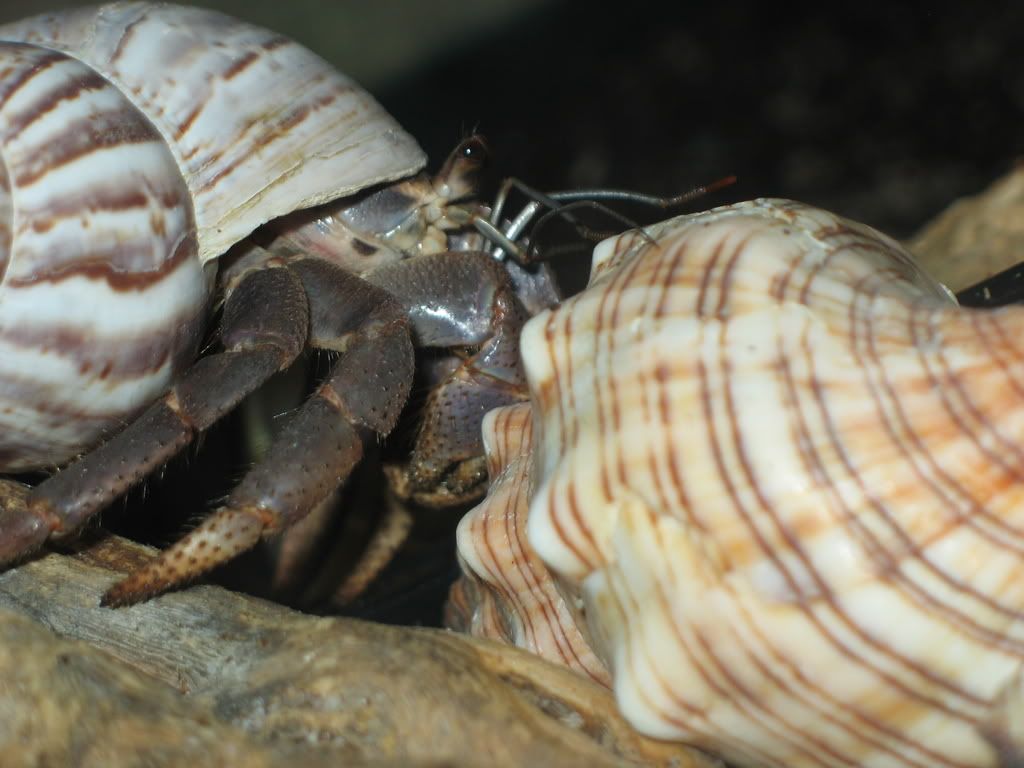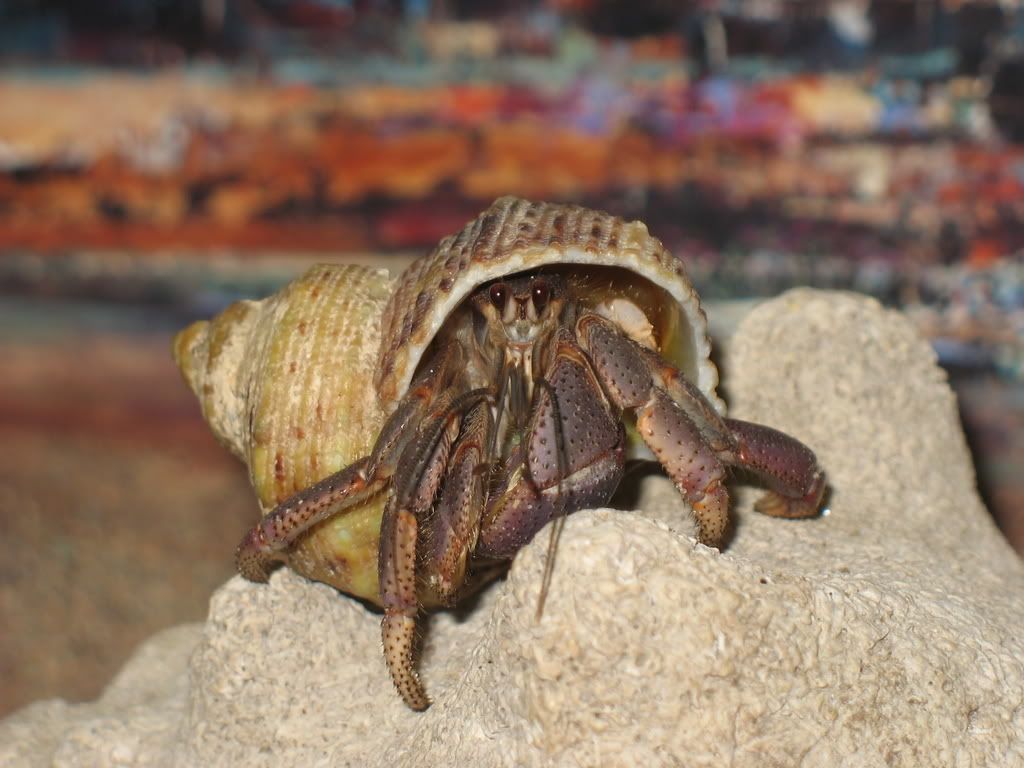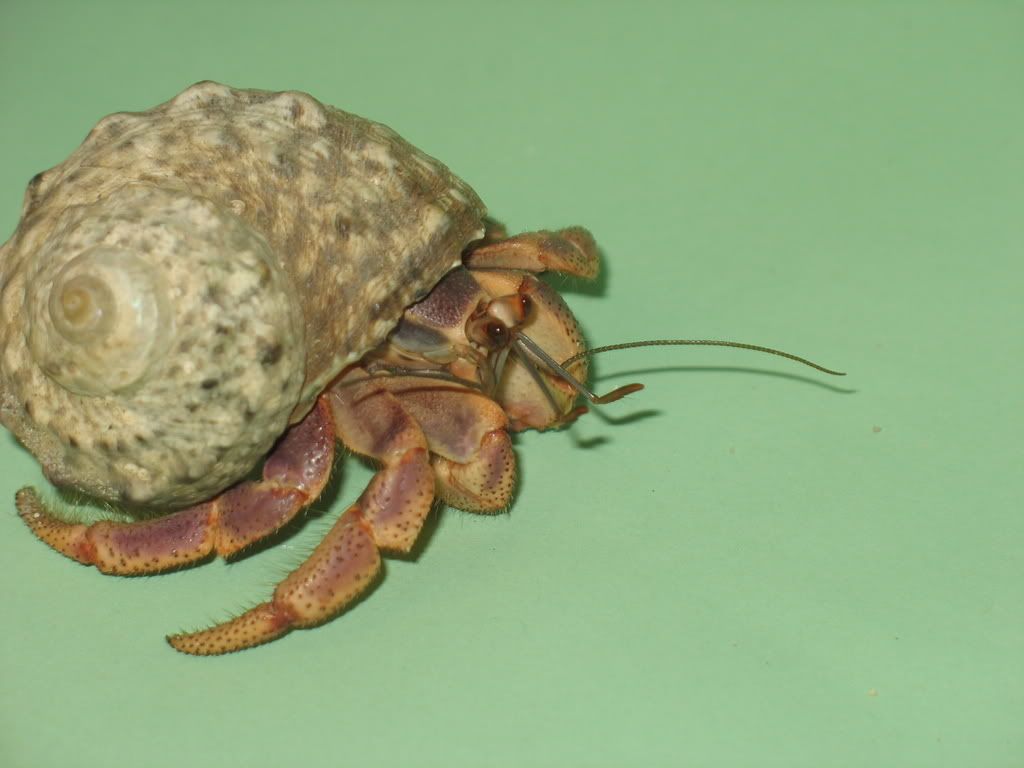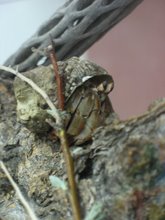(article published in the Crab Street Journal)
Have you ever been tempted to taste something you fed your crabs? The ingredients of most prepared foods on the market contain many everyday foods consumed by humans: coconut, zucchini, apple, cranberry, etc. Those crab-keepers who create their own concoctions generally use foods directly from their own pantry, perhaps items from their own dinner plate! I’ve often questioned how effectively a human diet can suit a hermit crab. What we find in the produce aisle at the grocery is very unlike the items growing wild in their natural habitats. Leaves and twigs surely make up a considerable portion of their natural diet, but spinach and celery are probably not readily found in the wild. It makes me wonder what percentage of the foods we offer should really be human-grade. Suppose for a moment that a cornstalk grew on a beach--would wild crabs eat the kernels only or would they prefer the husk or the stem or the leaves or the roots? Our crabs may be longing for the very parts we disgard as “inedible.”
Because this topic has lingered heavily on my mind, I have begun a series of food trials to test out some of the local flora, starting w/ plants from my own back yard. I have been very satisfied w/ the results and no crabs have suffered harm. In my experience, the crabs eat what they like and avoid what they dislike. To date, I have discovered that burning bush leaves, Russian olive tree leaves, cottonwood tree leaves, showy milkweed, and swordfern are all safe foods that were enthusiastically eaten. Thanks to former brave explorers, we already know that leaves from maple and oak trees are safe and crabapple bark and blossoms are definitely favorites! What will your back yard tell us? If you don’t use chemical fertilizers or insecticides, why not conduct an experiment of your own?
Subscribe to:
Post Comments (Atom)
























No comments:
Post a Comment